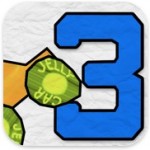 After being released in October of 2008, JellyCar [Free] went on to become one of the most popular titles in a young App Store. JellyCar is a 2D side-scrolling driving/platforming/puzzle game that utilizes a soft physics engine, meaning practically everything in the game has an extremely bouncy, Jello-like behavior. The goal was to complete each course in as little time as possible by accelerating forwards or backwards, tilting the angle of your car using the accelerometer, and occasionally enlarging your car to a massive size to get past some of the terrain. JellyCar launched for free with a healthy amount of levels to play, and since release has been downloaded nearly 6 million times.
After being released in October of 2008, JellyCar [Free] went on to become one of the most popular titles in a young App Store. JellyCar is a 2D side-scrolling driving/platforming/puzzle game that utilizes a soft physics engine, meaning practically everything in the game has an extremely bouncy, Jello-like behavior. The goal was to complete each course in as little time as possible by accelerating forwards or backwards, tilting the angle of your car using the accelerometer, and occasionally enlarging your car to a massive size to get past some of the terrain. JellyCar launched for free with a healthy amount of levels to play, and since release has been downloaded nearly 6 million times.
A little more than a year after JellyCar hit the App Store, a sequel was released aptly titled JellyCar 2 [99�/HD]. JellyCar 2 maintained the core gameplay of the original, and besides adding new levels there were also a number of new features included as well. There was a simple editor where you could create your own levels, a long jump mode where the only goal was to launch your car as far as possible, and an odd puzzle game called Jelly Factory where you sorted various Tetris-like pieces. There was also the ability to customize your car's colors and utilize two special powerups to make your way through the game.
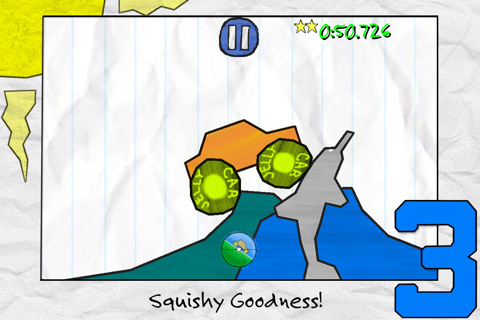
While it was neat to see so many interesting features in JellyCar 2, it felt a bit scatterbrained as it moved away from what made the first game so much fun � mashing through cleverly designed levels as fast as possible. Last week, series creator Walaber and Disney released the third entry in the series, JellyCar 3 [99�], which ditches a few of the features from the last game and refocuses on what made the original JellyCar so great. Despite a couple of hiccups, JellyCar 3 manages to be the most fun JellyCar yet.
JellyCar 3 comes with 50 brand new levels to play through, each one with a hidden exit to find and 3 stars to earn based on completion time. The levels are much more interactive than they were in the previous games, with a ton of moving parts and platforms that will launch your bouncy car around. The powerups from JellyCar 2 return, one that causes your wheels to stick to any surface and one that ties a balloon to your car and lets you float around a level. Both of these special items are used to great effect in the puzzle-like designs of the levels.
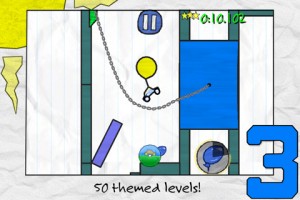 An interesting new feature in JellyCar 3 is the ghost replay which allows you to race against your own ghost run through a level as well as those of anyone online. JellyCar 3 uses Game Center for achievements but has its own online leaderboard system for tracking high scores and replays. Unfortunately, creating a username to upload my own high scores seems to be broken for me, as well as some of the players in our forums, though the developer is looking into the cause of this problem and will issue a fix as soon as possible. I am still able to download and race ghosts from the global leaderboards from people who haven't had this issue, and I'm able to view and save locally the replay from any completed level in my own game.
An interesting new feature in JellyCar 3 is the ghost replay which allows you to race against your own ghost run through a level as well as those of anyone online. JellyCar 3 uses Game Center for achievements but has its own online leaderboard system for tracking high scores and replays. Unfortunately, creating a username to upload my own high scores seems to be broken for me, as well as some of the players in our forums, though the developer is looking into the cause of this problem and will issue a fix as soon as possible. I am still able to download and race ghosts from the global leaderboards from people who haven't had this issue, and I'm able to view and save locally the replay from any completed level in my own game.
One slightly odd new feature in JellyCar 3 is the ability to rewind a short portion of your run if you happen to screw up. The game initially comes with 10 rewinds to use, and you can buy packs of rewinds as IAP if you need more. I've heard mixed feelings about this addition. On one hand, the rewind feature is completely optional and it lets the more casual players progress in the game without having to completely redo a level if they mess up. On the other hand, the entire game is built around the idea of completing a level in one run as quickly as possible. Giving people the ability to fix their mistakes until they achieve perfect runs ruins the integrity of that aspect of the game. Regardless of how you feel about this feature it's important to know that it's there, and personally I'll never use the rewind as that would ruin most of the fun for me.
Overall, JellyCar 3 is a fantastic effort. The 50 levels are a ton of fun to play through and figure out, and Walaber has promised even more levels with future updates. The graphics are also much improved over the previous games with far more animated bits throughout the levels and support for the Retina Display. The car customization is back too, and beyond just picking the colors for your car's body and wheels you can actually choose from a bunch of different designs or even draw your own from a simple in-game design editor. I've surprisingly spent a ton of time just creating cool cars by drawing stuff in the templates, which has proven to be really fun.
If you have no idea what JellyCar is, then you should definitely download the free original to see what it's all about as the subsequent games are very similar. If having a level editor and mini games is really important to you, you'll have to stick with JellyCar 2 for those features. If you're any sort of JellyCar fan at all though, JellyCar 3 is easily the best one yet and is highly recommended.
<!-- PHP 5.x -->




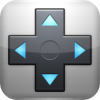 I travel a ton, both for many of the conventions and events we cover on TouchArcade, as well as because staying in one place for too long is boring. Traveling a lot is liberating for many reasons, but mainly because you realize just how little of the stuff you own you actually need. Specifically, from a computing standpoint, I've got my entire infrastructure down to a single laptop bag which houses absolutely everything I need for TouchArcade and all other things I use my computer for.
I travel a ton, both for many of the conventions and events we cover on TouchArcade, as well as because staying in one place for too long is boring. Traveling a lot is liberating for many reasons, but mainly because you realize just how little of the stuff you own you actually need. Specifically, from a computing standpoint, I've got my entire infrastructure down to a single laptop bag which houses absolutely everything I need for TouchArcade and all other things I use my computer for.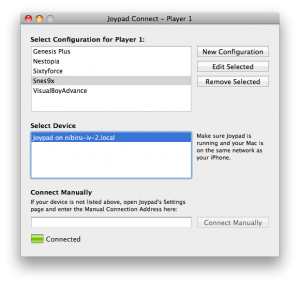
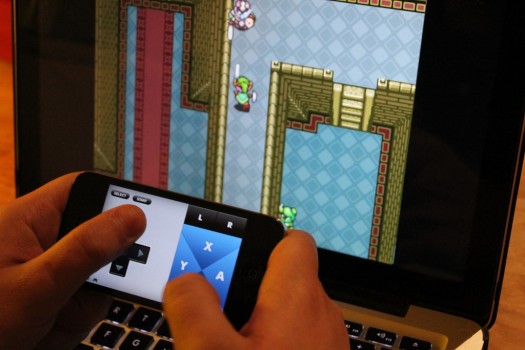
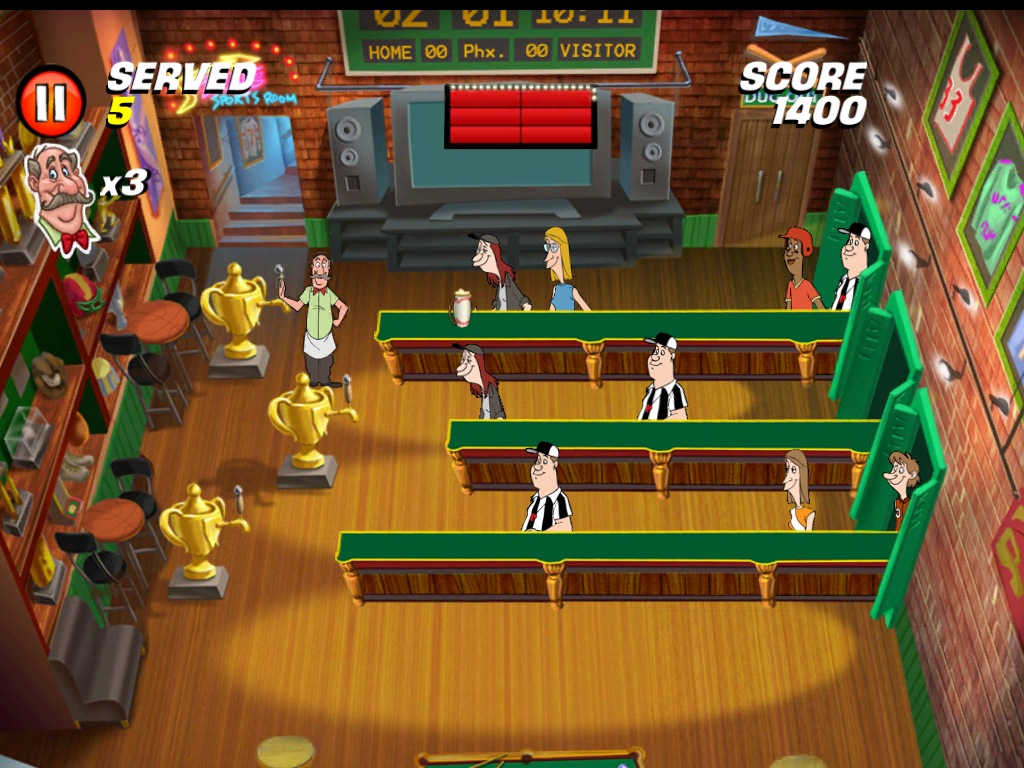
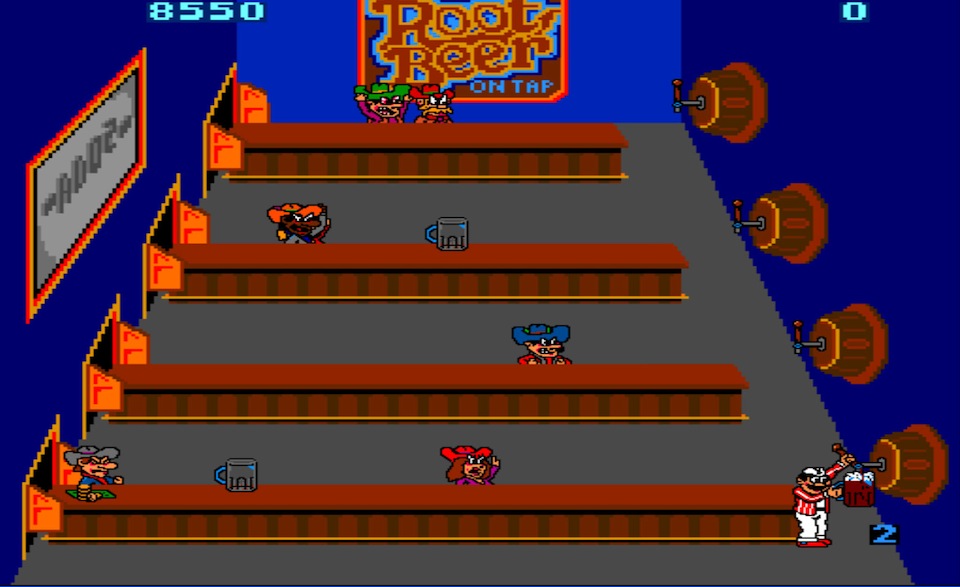
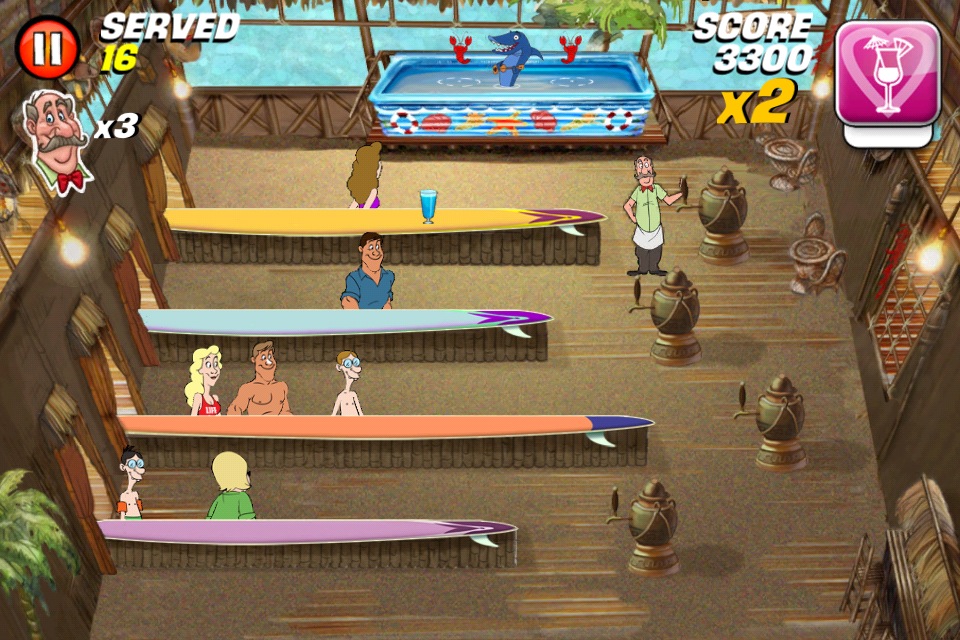






.JPG)

.JPG)
.JPG)
.JPG)
.JPG)
.JPG)
.JPG)
.JPG)
.JPG)
.JPG)
.JPG)

.JPG)
.JPG)
.JPG)
.JPG)
.JPG)


.JPG)
.JPG)
.JPG)
.JPG)
.JPG)
.JPG)
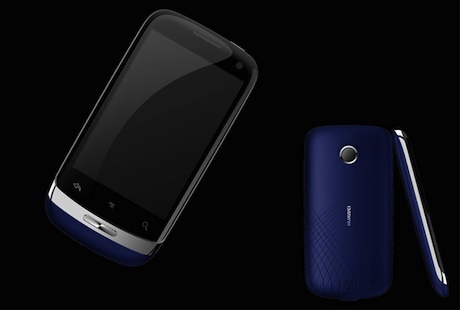



.JPG)
.JPG)
.JPG)
.JPG)
.JPG)
.JPG)
.JPG)
.JPG)
.JPG)